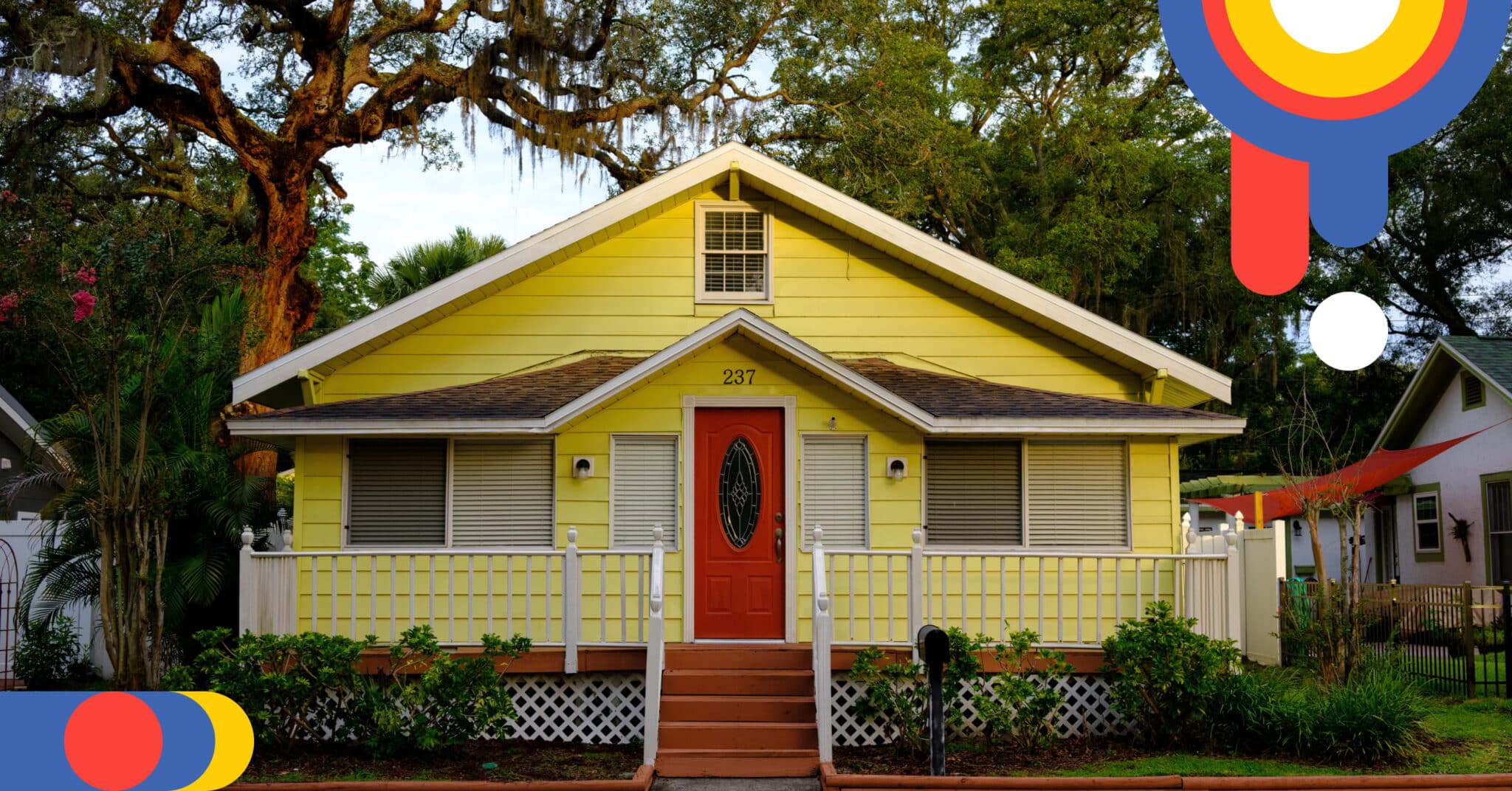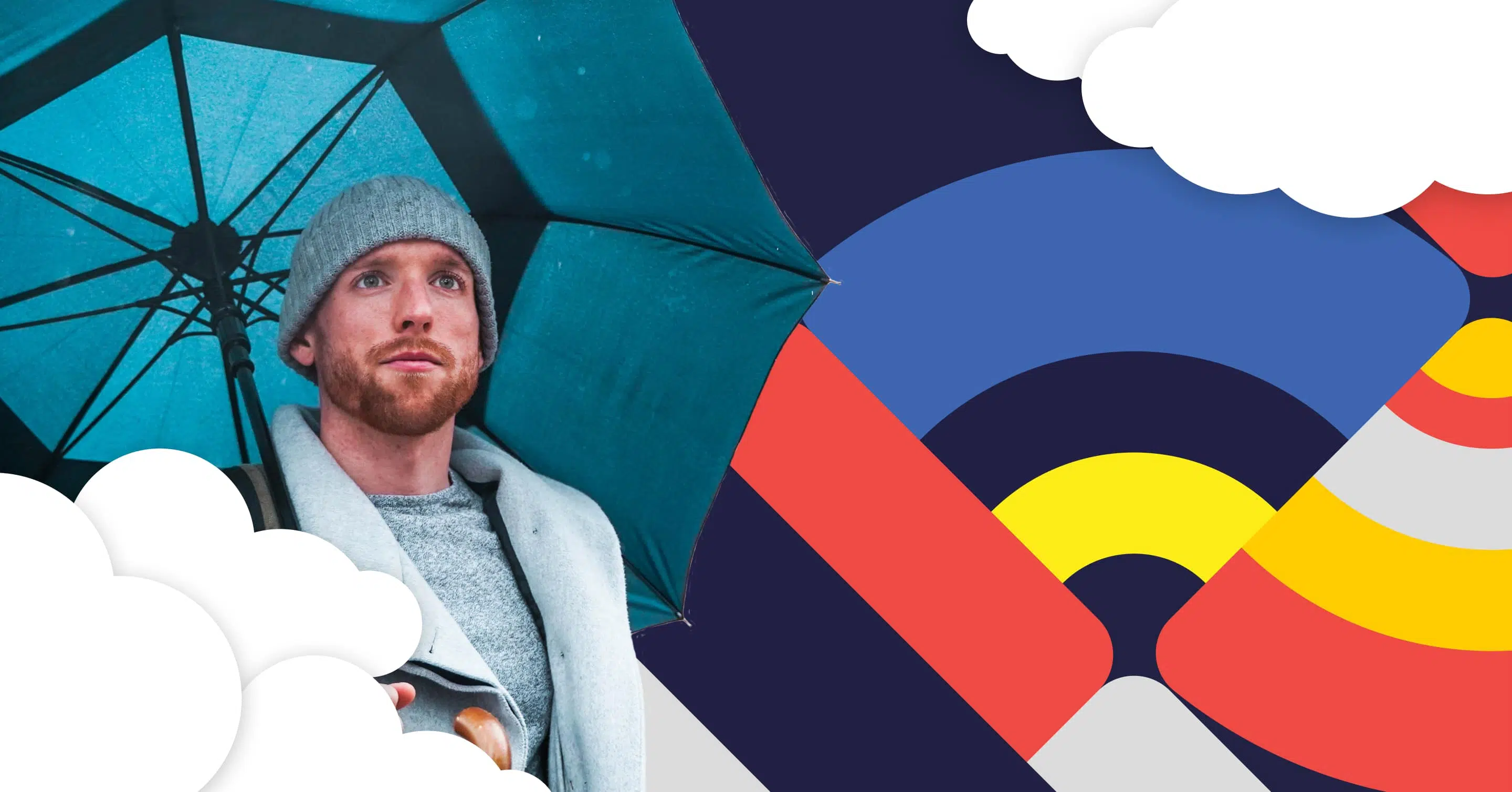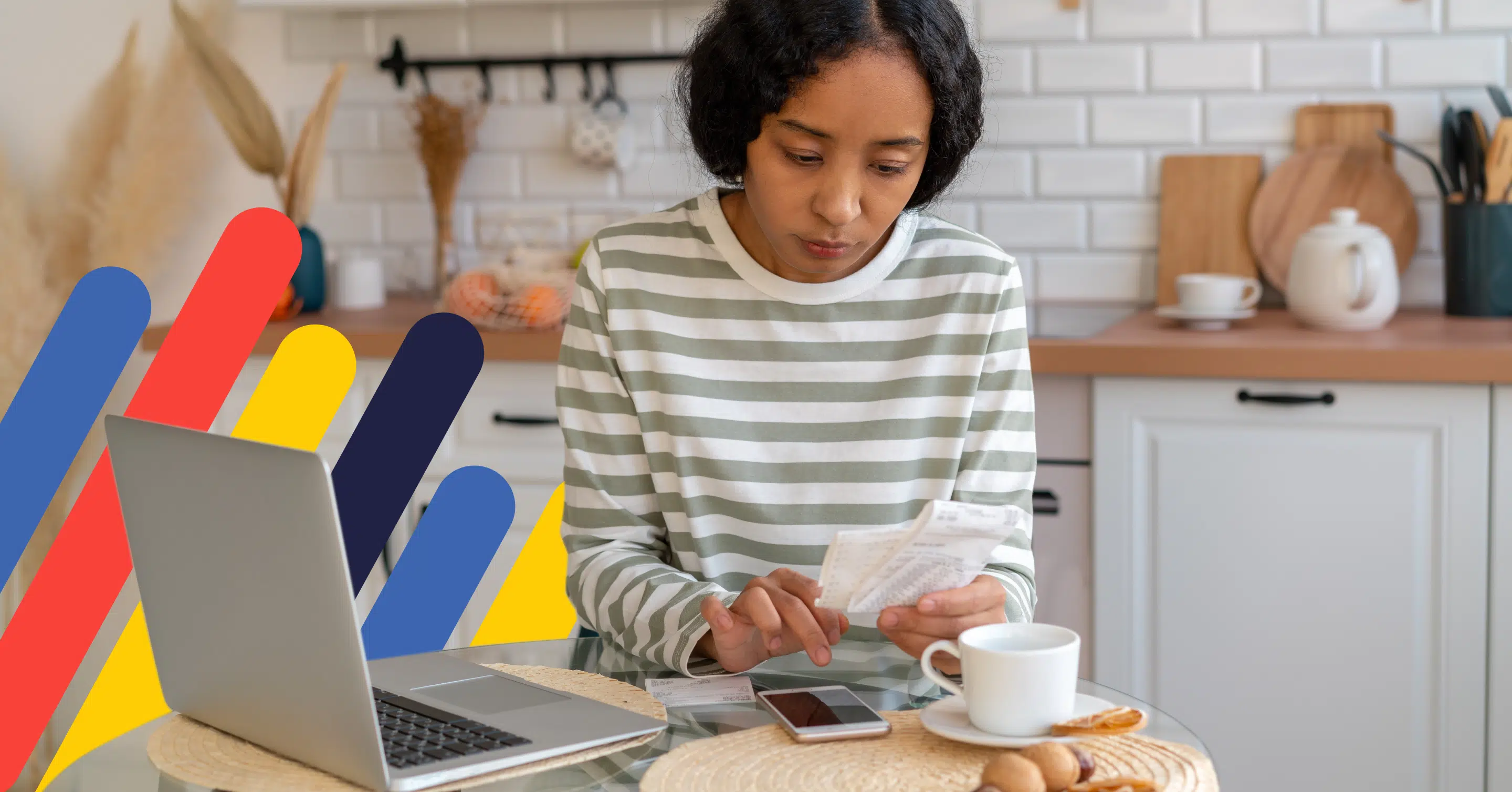How To Prepare For Homeownership

Table of contents
Are you preparing to buy a house and bear the responsibility of homeownership? Owning a home is much more than just having a place to call your own; it’s also an investment in your financial future. As exciting as the prospect of homeownership can be, it also comes with challenges requiring advanced preparation. With the Canadian housing market becoming increasingly expensive and competitive, understanding how to prepare to buy a house will ensure you find the perfect property for you and your family.
Key Highlights
- Financial preparation includes setting a budget, checking credit scores, and saving for a down payment.
- Using online tools, such as mortgage affordability calculators, will help determine how much you can afford.
- Shopping around for the right home, mortgage, and real estate agent will ensure you find the best deal.
How To Prepare To Buy A House
Preparing for homeownership requires thoughtful planning. Ensure you work toward getting your finances in order by setting and sticking to a budget that considers your income, expenses, and debts.
Check your credit score regularly and address any issues affecting your ability to qualify for a mortgage.
You’ll also want to save up a down payment plus some extra to cover any additional costs. These steps will help you determine the price range you can comfortably afford and avoid overextending yourself financially.
Steps To Help You Prepare For Homeownership
If you’re considering purchasing a home, it’s important to begin preparing as early as possible. Homeownership is a major investment requiring much thought and planning beforehand. Taking these steps as early as possible will put you in a stronger position to navigate how to start preparing to buy a home.
1. Check And Improve Your Credit Score
The first thing you should have on your to-do list is to check your credit score and, if necessary, take steps to improve it. Your financial institution will most likely provide free access to your credit report through their online banking portal.
Financial institutions use one of Canada’s two main credit bureaus, Equifax or TransUnion. If your financial institution does not provide this service, you can access your report directly from the two credit bureaus for free.
Credit scores are based on several factors, such as payment history, how much credit you use compared to how much you have available (credit utilization), the length of your credit history, and the number of inquiries on file.
Your credit score is a number that ranges from 300-900, and the better your credit score, the more favourable you will appear to lenders.
2. Lower Your GDS & TDS Ratios
When you’re ready to qualify for a mortgage, lenders will use debt service ratios to determine your affordability and ability to repay the mortgage.
Lenders use two factors expressed as ratios: gross debt service (GDS) and total debt service (TDS).
- GDS measures the maximum shelter costs you can afford each month and is limited to 32% of your gross monthly income for uninsured mortgages and 39% for insured mortgages.
- TDS measures the maximum total debt repayments you can afford each month and is limited to 40% for uninsured mortgages and 44% for insured mortgages.
You can calculate how much you can afford using the GDS and TDS percentages against your gross income. These ratios will allow you to see what you can afford and, if you have any current debts, how working toward paying them off will lower your ratios and increase what you can afford.
For example, you want to determine what you can afford monthly.
- Using a gross (before taxes) monthly income of $5,000 for this example, your total monthly shelter costs should be, at most, $1,600 for uninsured and $1,950 for insured mortgages to fit within the GDS criteria. Total monthly debts should be at most $2,000 for uninsured and $2,200 for insured mortgages to fit within the TDS criteria.
3. Save For A Down Payment
Saving for a down payment is one of the biggest hurdles when preparing to buy a home. Depending on the property’s purchase price, you must save 5-20% of the home’s purchase price as a down payment. If you want to avoid paying mortgage loan insurance, you will need at minimum 20% of the property’s value to put down.
Homes with a purchase price under $500,000 require a down payment of 5%. Homes over $500,000 but less than $1 million require a minimum down payment of 5% on the first $500,000 and then 10% on the remaining amount. If the home you wish to purchase is over $1 million, you will need 20% to put down.
How to calculate how much you need for a down payment:
Using a purchase price of $750,000, you would need to have a down payment of at least $50,000. You can calculate this as follows:
$500,000 x 5% = $25,000
$250,000 x 10% = $25,000
$25,000 + $25,000 = $50,000
4. Calculate Home & Mortgage Affordability
You can use nesto’s Mortgage Affordability Calculator to determine how much you can afford. The affordability calculator will estimate how much you can afford based on your income, down payment amount, and current debts.
How to use nesto’s Mortgage Affordability Calculator:
To use the affordability calculator, select the province you plan to purchase in, then enter your annual income, the co-applicant income (if applicable), the minimum down payment you wish to put down and enter your current debts.
You can leave property taxes, condo fees, and heating costs as estimates, or if you already have a place in mind, you can enter those numbers manually for a more accurate estimate.
5. Shop For The Best Mortgage Rate Lender & Product
When purchasing a home, shopping around for the best mortgage rates, lenders, and products should be high on your to-do list. The best rates may not always come with the product that works best for you, so it’s important to explore the terms and features that lenders offer beyond rates before making a decision.
Ask questions about restrictions such as porting, converting or refinancing the mortgage and what prepayment penalties are if you ever need to break the mortgage or want to make prepayments to save on interest-carrying costs.
Having better terms than the rate could save you significant money and provide some much-needed flexibility should your financial situation change.
Should you choose a fixed or variable-rate mortgage?
Choosing to go fixed or variable is a matter of personal risk appetite. Ask yourself: Can you weather fluctuating mortgage payments, or do you prefer a fixed payment over a set period of time? If you are stuck trying to decide which option is best for you, it’s always recommended that you speak with a mortgage expert to review your financial situation and short—and long-term goals.
6. Qualify For A Mortgage
Getting a mortgage pre-approval or pre-qualification will give you an idea of the amount you can qualify for. A pre-qualification is a financial assessment based on the information you provide to the lender, usually based on income, your amount saved for a down payment, and a soft credit check.
A pre-approval is more involved and evaluates all your financial details. With a pre-approval, you can also secure a rate that will be held for up to 120 days that you can use for the final approval once you have a signed offer.
It’s important to remember that pre-approval or pre-qualification is not a final mortgage approval. There is no guarantee of an approval since they are not specific to a property and only require a soft credit check.
This guarantee will come once you have an accepted offer to purchase a property and the property meets the lender’s acceptable risk guidelines.
The final approval will involve a complete verification of your financial position, income, and down payment and a hard credit check to assess your ability to carry the mortgage on the property you have been accepted to purchase.
7. Understand All Hidden Fees, Insurance Fees & Costs
You will need to consider various additional fees and costs when getting ready to buy a house. You must budget for closing costs roughly 1.5-4% of the home’s purchase price. However, to be safe, it’s recommended that you aim to have closer to 4% saved as a buffer. Closing costs can include:
- Land Transfer Tax
- HST/GST
- Land surveys
- Home inspections
- Appraisal fees
- Legal fees
- Title insurance
In addition to closing costs, you may also need to budget for moving expenses if you plan to hire movers or rent a truck and storage fees if your move-out and move-in dates fall on different days.
8. Prepare For Maintenance Costs & Home Improvements
In addition to saving for closing costs, you should consider saving for unexpected maintenance costs. Special assessments if purchasing a condo are another potential cost to consider. Setting aside additional savings is also beneficial if you plan to make home improvements immediately after taking possession.
Having a buffer means you won’t need to stress if something happens to break down or need repairs a few months after you move into your dream home.
Plan to save roughly 3-5% of the purchase price of your home for these additional expenses.
Why Shopping Around Is Your Best Option When Buying A Home
It’s important to shop for the right realtor to find the perfect home and mortgage agent to get expert advice. Shop around and compare listings and prices in the neighbourhoods where you plan to live. This is where finding an experienced and knowledgeable real estate agent will help you with comparables so you go in with an offer that matches the market, making it more likely to be accepted.
Finding a mortgage expert will ensure you get the best mortgage product for your needs. They will work with you to determine which solution is most suitable and help secure the best rate possible.
Find a better rate, and we’ll match it, beat it, or give you $500*.
*Conditions Apply
With nesto, it’s stress-free
Frequently Asked Questions
Welcome to our Frequently-Asked Questions (FAQ) section, where we answer the most popular questions designed and crafted by our in-house mortgage experts to help you make informed mortgage financing decisions.
Do I need mortgage insurance when buying a home?
If you plan to put down less than 20% on a home with a purchase price of less than $1 million, you must obtain mortgage insurance when buying a home. The lender pays mortgage insurance if you put down 20% or more. However, mortgage default insurance is not required if you purchase a property over $1 million.
How much should I have saved when buying a home?
You must save at least 5% as a down payment for a home and budget an additional 1.5-4% for closing costs. Consider setting aside an additional 3-5% for any other unexpected costs.
For example, suppose you plan to purchase a $500,000 home. You will want to have at least $55,000 saved to prepare the minimum down payment and an additional buffer to weather any unexpected surprises during the home-buying process.
How long does it take to buy a home?
The biggest factors affecting how long it takes to buy a home are shopping around, finding the right home, and accepting your offer. After that, there’s a 5-day cooling period after acceptance before your closing can happen. Closing can be as fast as 10 days, though lenders need enough time for due diligence and send instructions for your mortgage to your lawyer. The shortest time would be around 30 days, granting you the lowest price on your rate.
Final Thoughts
Buying a home is a major life event where financial preparation is key. Take the time to set a budget, check your credit score, and prepare to save for a down payment to put yourself in the best possible position for a successful purchase. Owning a home is a major life milestone that requires thorough financial preparation. Use the tools and tips in this post to get you on the right track, and consider reaching out to nesto’s mortgage experts. We’re here to help guide you through your homeownership journey.
Ready to get started?
In just a few clicks, you can see our current rates. Then apply for your mortgage online in minutes!















